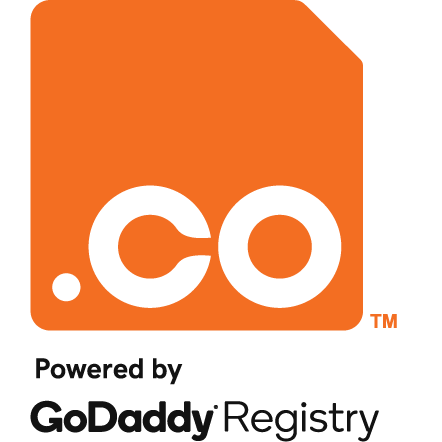10 Simple Steps for Creating a Startup Marketing Plan
Developing and implementing a startup marketing plan is an essential step in establishing and promoting your business. Whether you’re building an ecommerce site for artisan jewelry, or launching an online portfolio for an architectural firm specializing in eco-friendly designs, you need to create a strategy for making sure the right people find you online.
You don’t need an MBA to create a marketing plan. No matter what online venture you have in mind, following the fundamentals of online marketing can steer your business in the right direction. Here’s a general guide to help you get started:
1. Define Your Target Market: Identify your target audience and understand their needs, preferences, and behaviors–particularly when it comes to online shopping. What kind of words and messages resonate with your target demographic? What time do they typically shop online? Once you learn what makes your target customer tick (and click “buy”!) tailor your marketing efforts effectively.
2. Set Clear Goals and Objectives: What do you want to achieve with your marketing plan? Is there a particular sales goal that will help you achieve profitability within a given timeframe? If you’re starting an online coaching or teletherapy business, how many clients do you aim to have within your first five months, or first five years, in business? Your goals could include increasing brand awareness, generating leads, driving sales, or expanding your customer base.
3. Research Your Competitors: Study your competition to gain insights into their strategies, positioning, and target market. Instead, focus on what sets your startup apart and use that as a basis for your unique selling proposition (USP). Your USP defines what makes your product or service valuable to your target customer, and what problem it solves for them. For example, there is no shortage of moving companies in New York City. But perhaps launching a moving service that specializes in luxury items, like art and high-end tech products, can set you apart from others.
4. Develop Brand Identity: Craft a strong brand identity that reflects your startup’s values, personality, and unique offerings. Everything, from the web design to the text and social media posts should all root back to your brand identity. Most importantly, make sure your branding resonates with your target audience. If you’re launching a makeup line for tweens, fun and vibrant colors and fonts might work better than a staid, ho-hum website that might appeal to an older crowd.
5. Choose the Right Marketing Channels: Select the most effective platforms to reach your target market. This could include a mix of digital channels (website, social media, email marketing, content marketing, paid advertising) and traditional channels (print media, events, direct mail) based on your audience’s preferences. Again, if you’re trying to launch a makeup line for tweens, social media platforms like TikTok would be best. If you’re trying to sell management software to seasoned business executives, attending industry events would make sense.
6. Calculate a Marketing Budget: Determine how much you can allocate towards your marketing efforts. Consider costs associated with advertising, content creation, website development, marketing tools, and any external agency or consultant support you may require. Using a spreadsheet or accounting software will help you visualize the true realities of the costs of running a business and can help you make the right economic decisions along the way.
7. Craft Your Content Strategy: Create engaging content that serves your target audience. This can include blog articles, videos, infographics, and social media posts. The key is to determine the best content formats that resonate with your audience, and consistently churn out content on a weekly or daily basis. Your content should educate, entertain, and strike a chord while promoting your brand.
8. Be Data-Savvy from the Start: Put your marketing plan into action and measure your key data points from the get go. Monitor the performance of your marketing efforts on a daily, quarterly and annually basis to get a clear snapshot, as well as the big picture. Use analytics and key performance indicators (KPIs) to evaluate the effectiveness of your campaigns and make data-driven adjustments as needed. Data shouldn’t overwhelm or intimidate you as the business owner! Platforms like Google Analytics can help you get acquainted with your data through simple dashboards.
9. Build Meaningful Connections: An emphasis on the word “meaningful.” Don’t network for the sake of making hundreds of shallow connections within your industry. Instead, focus on building deep and engaging relationships with your customers and stakeholders. Leverage social media and customer feedback–as well as employee feedback–to engage with your audience. Be proactive about addressing concerns and fostering loyalty.
10. Master the Art of Adapting: Evolve and pivot when necessary. Stay flexible and open to adjusting your marketing strategies based on customer feedback, data, and trends. Continuously learn, iterate, and refine your approach to maximize results.
Every startup is unique, so tailor your marketing plan to fit your specific industry, target market, and business goals. Sometimes, hiring a marketing manager or consultant might be necessary to help you build a marketing strategy. But if you’re on a budget and starting small, you can seek insights from industry experts or attend marketing workshops. No matter what phase you are in as an online startup, the steps above should help guide your marketing plan in the right direction.





